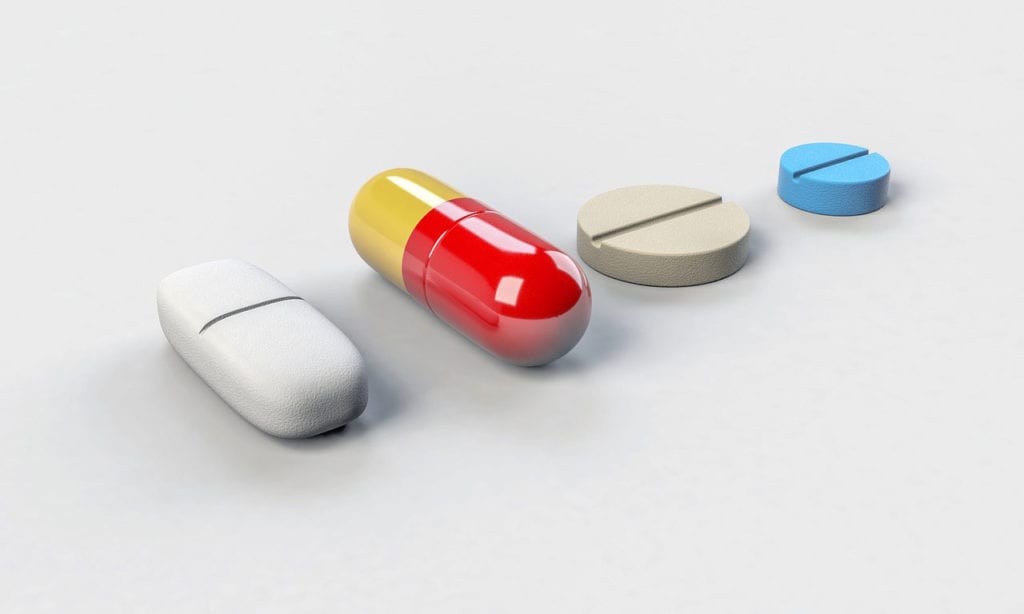The United States Food and Drug Administration has granted an Investigational New Drug application for AP101. AP101 is a drug that is being researched as a potential treatment for epidermolysis bullosa in a Phase 3 clinical trial. For more detailed information, you can read the original press release here, at Globe Newswire.
About Epidermolysis Bullosa
Epidermolysis bullosa (EB) refers to a group of rare and serious genetic skin disorders that are characterised by extremely fragile skin. Some people with EB can develop painful blisters after any trauma or friction. Blisters may occur on many areas of the body, including the hands and soles of feet, and inside the mouth. Other symptoms of EB can include scarred skin and thickened skin and nails. According to Amryt’s press release, there are an estimated 500,000 people worldwide living with EB, and the disorder does not currently have an approved treatment.
About AP101
According to Amryt’s website, AP101 (Oleogel-S10) is a drug that is being developed by Amryt (a biopharmaceutical company specialised in rare diseases) as a potential prescription treatment of EB. It is a topical treatment that is applied to the skin. It is designed to help keratinocytes, a type of cell involved in skin regeneration, to move across wounds and differentiate into epithelial skin cells to promote healing. To find out more, you can click here.
Investigational New Drug Applications
In order to legally transport a drug across state lines before it has been approved for marketing (as is often necessary for clinical trials), drug developers need to be granted an IND for the drug. The FDA’s decision to grant AP101 an IND will allow a clinical trial of the drug to take place in sites in the US as planned.
The EASE Study
The global EASE study is an on-going Phase 3 clinical trial of AP101 in patients with EB. It is the largest global Phase 3 study to ever be carried out in patients with EB. So far, the trial is taking place at sites in Europe, Latin America, the Middle East, and Australasia. More sites in the US are expected to open. According to Amryt, interim efficacy data is expected to become available later this year, and top-line data is expected in 2019.








